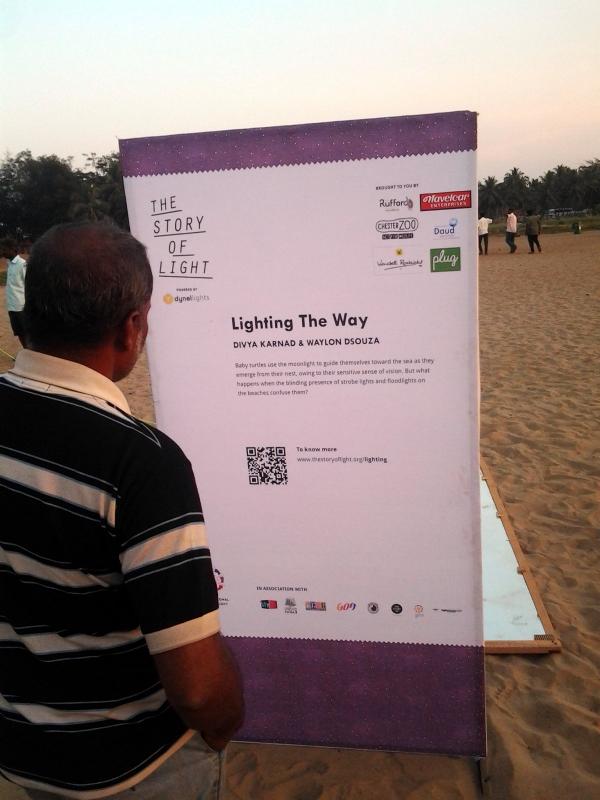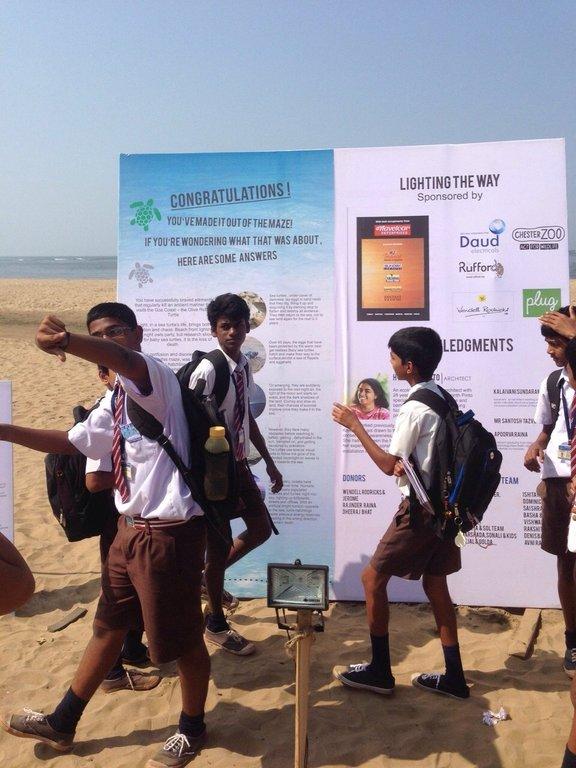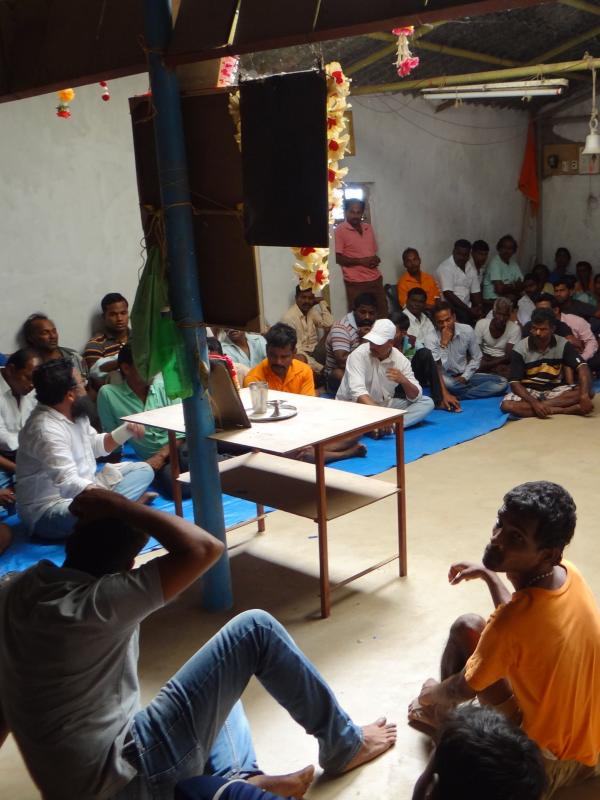The literature on marine systems in India talks about fishing as being part of an open-access tragedy. A lot of research has also pointed to fishing being the primary threat to species like sea turtles, sharks, cetaceans and other threatened marine species. This project aimed to move past that rhetoric and look specifically at the ways in which fishing interacts with threatened species, as well as document community based fisheries management initiatives. By focussing on fisheries in the Ratnagiri and Sindhudurg districts of Maharashtra, this study examined a wide cross-section of fishing techniques from purse and shore seining to trawl and gill netting. This research has also helped to update the list of threatened marine species encountered in the area.
Major project deliverables are:
- Training and capacity building: 8 internships that provided training in social science survey techniques and marine species identification.
- Training and capacity building: 3 fishing boats trained and equipped with GPS systems.
- Training and capacity building: 1 research assistant trained in GPS usage, data entry and compilation, as well as basic data visualization.
- Training workshop: Workshop held at FERAL Pondicherry campus on identification of threatened marine species, with a focus on sharks.
- Community meetings: Meetings held with fishing communities in both districts.
- Outreach and awareness: Public art installation for school children at Miramar beach as part of the Story of Light Festival.
- Maps: Threatened species and fishing zone maps created.






